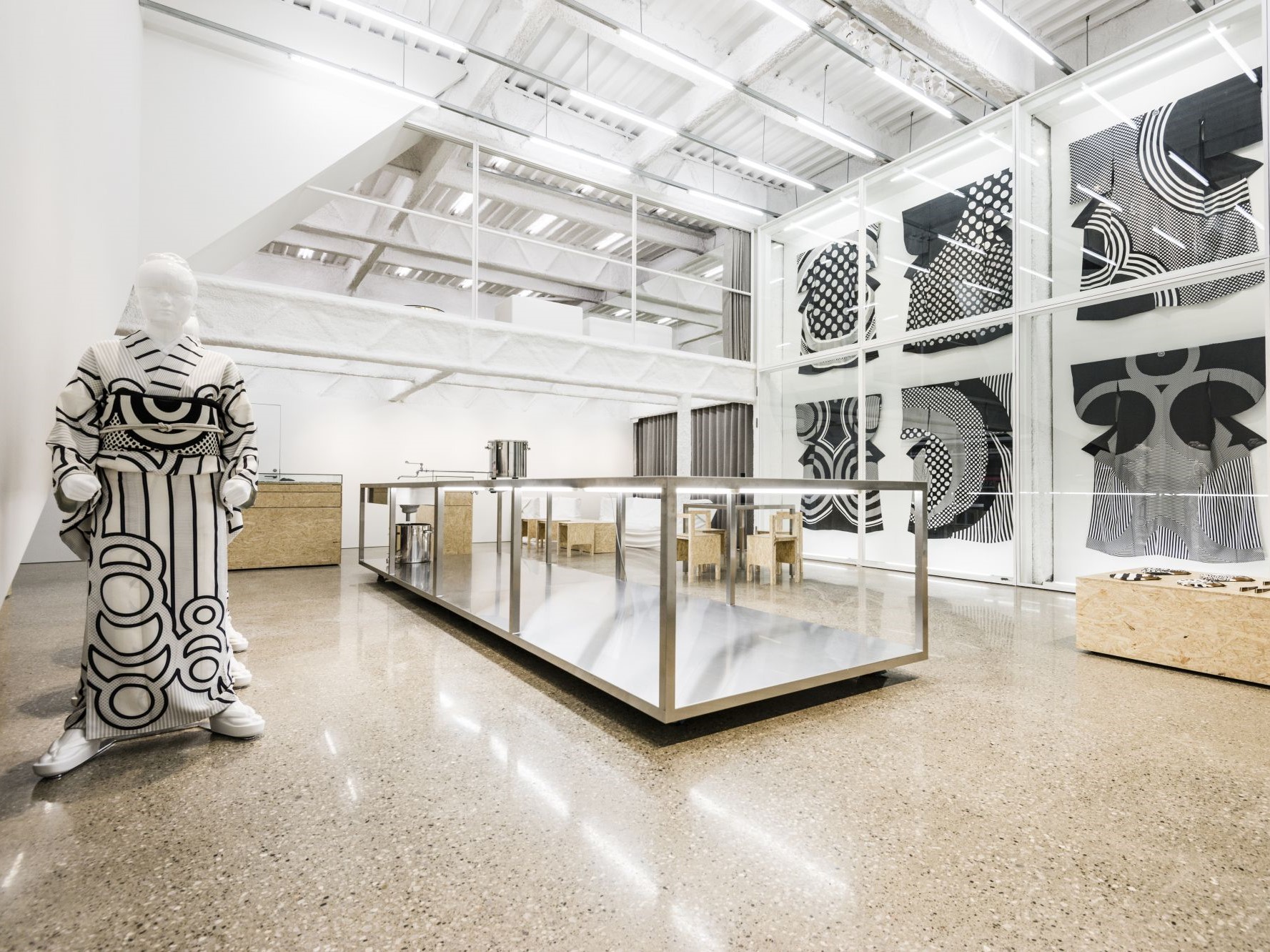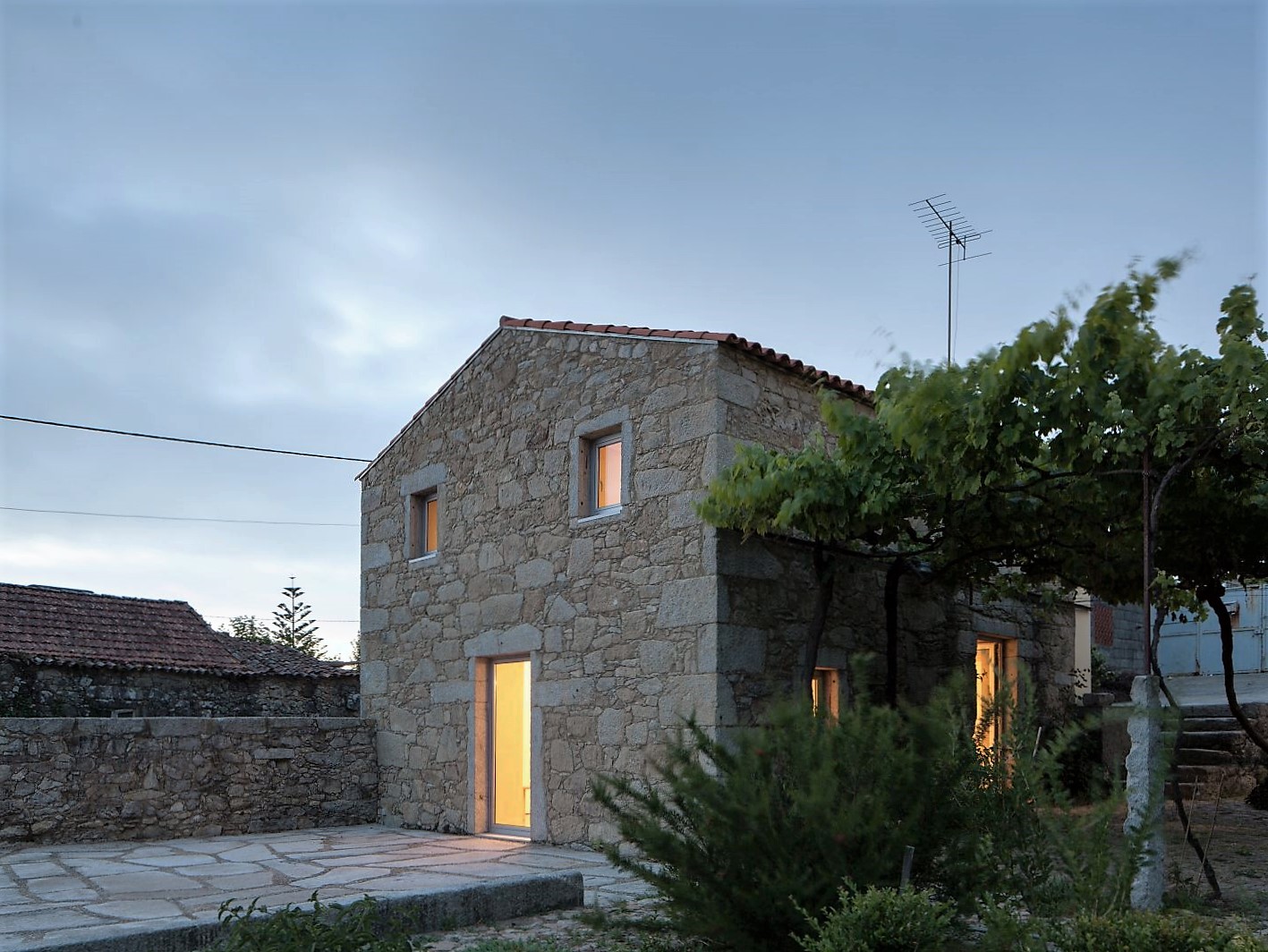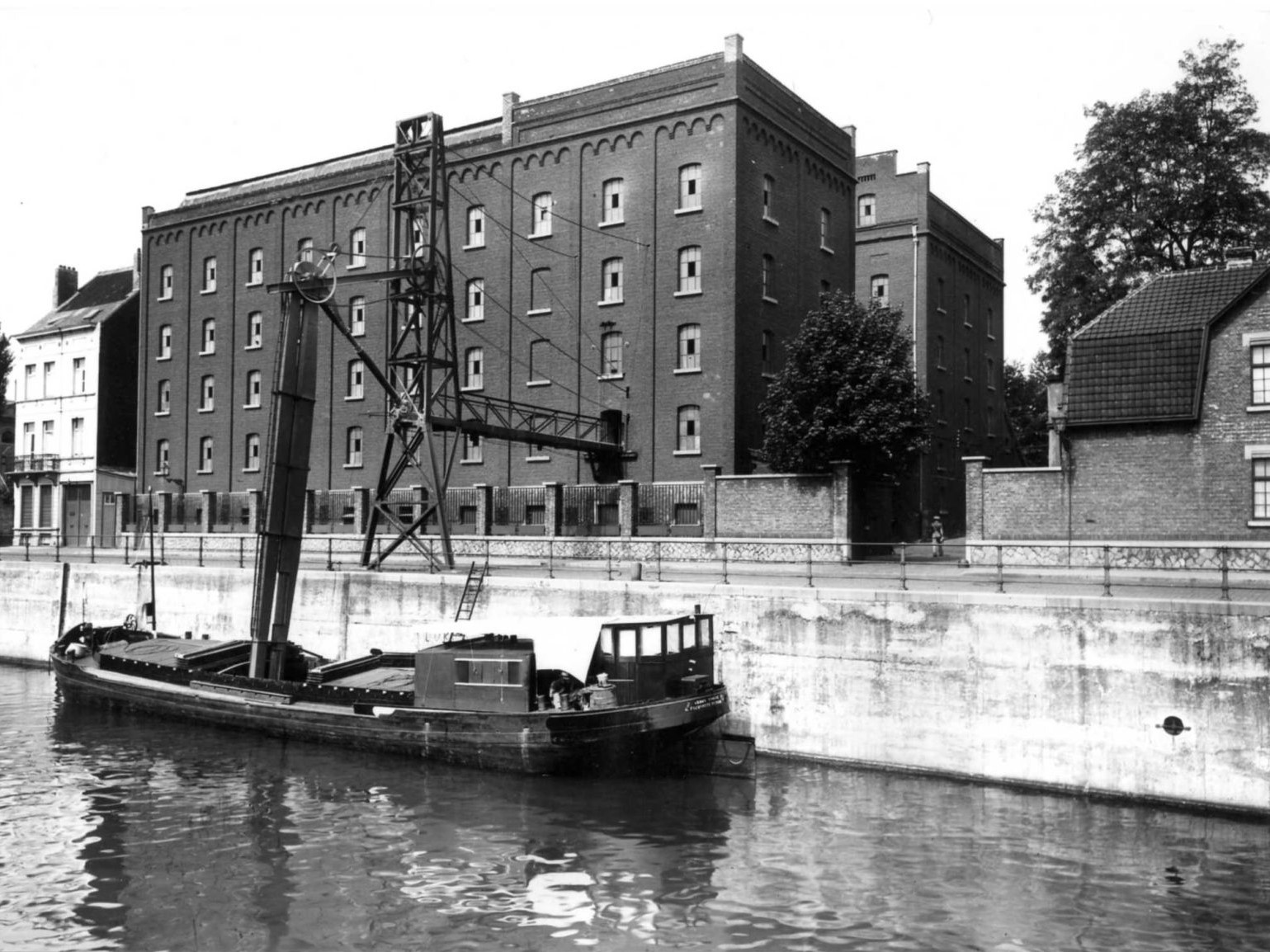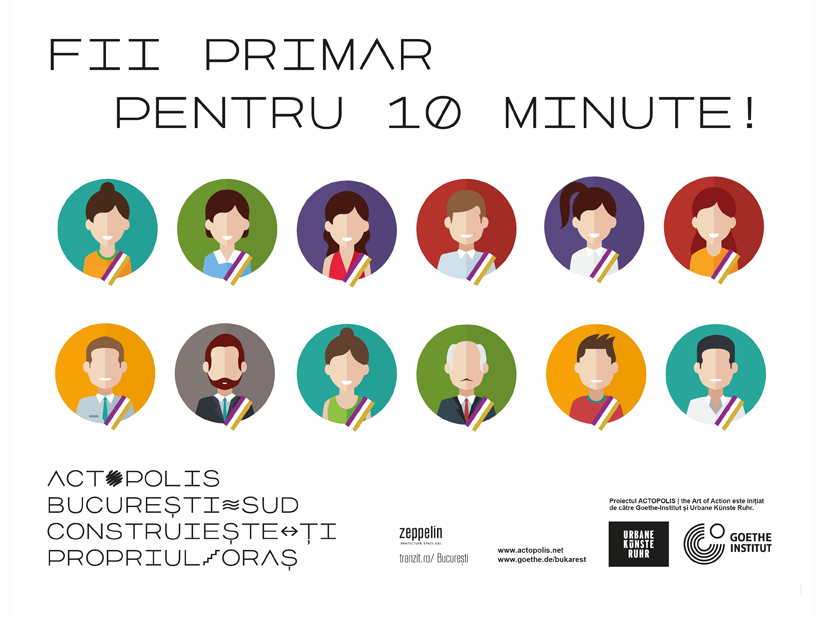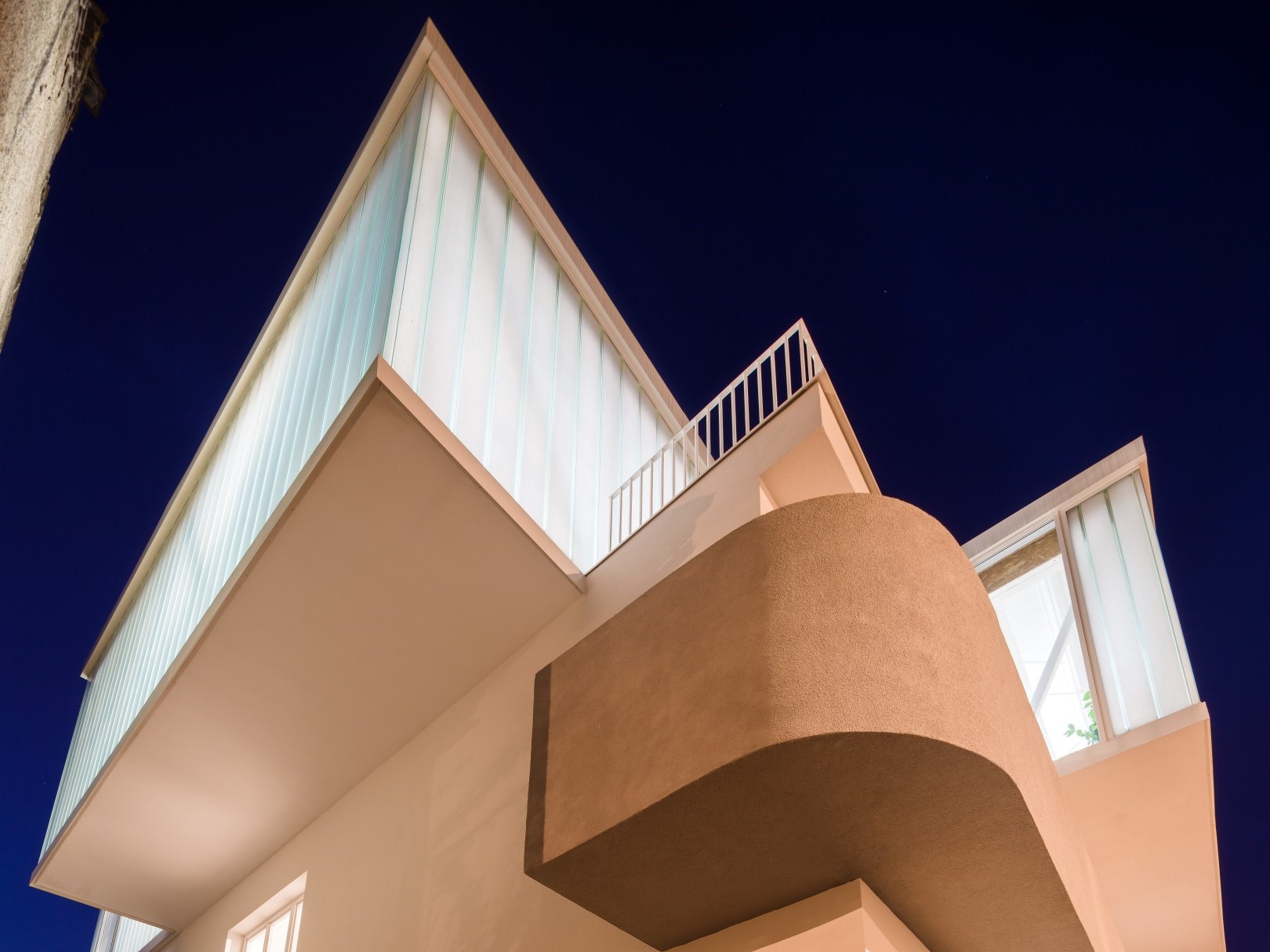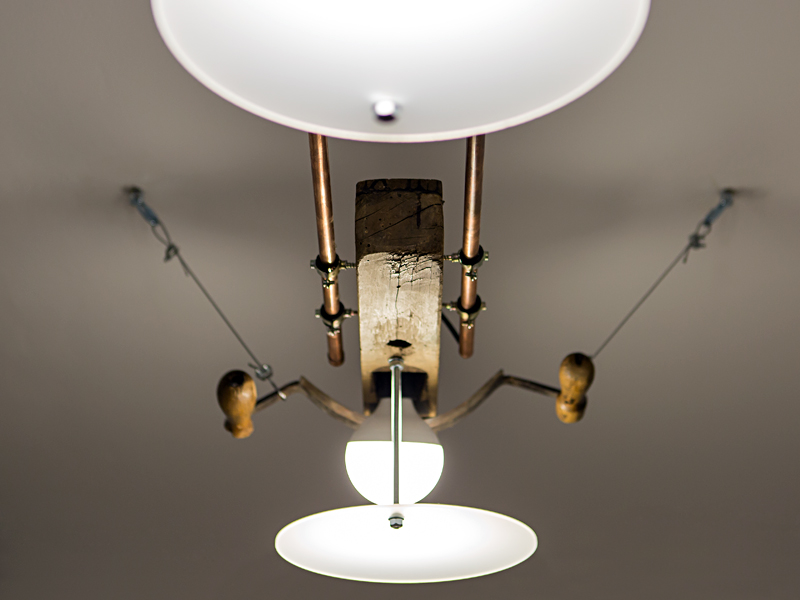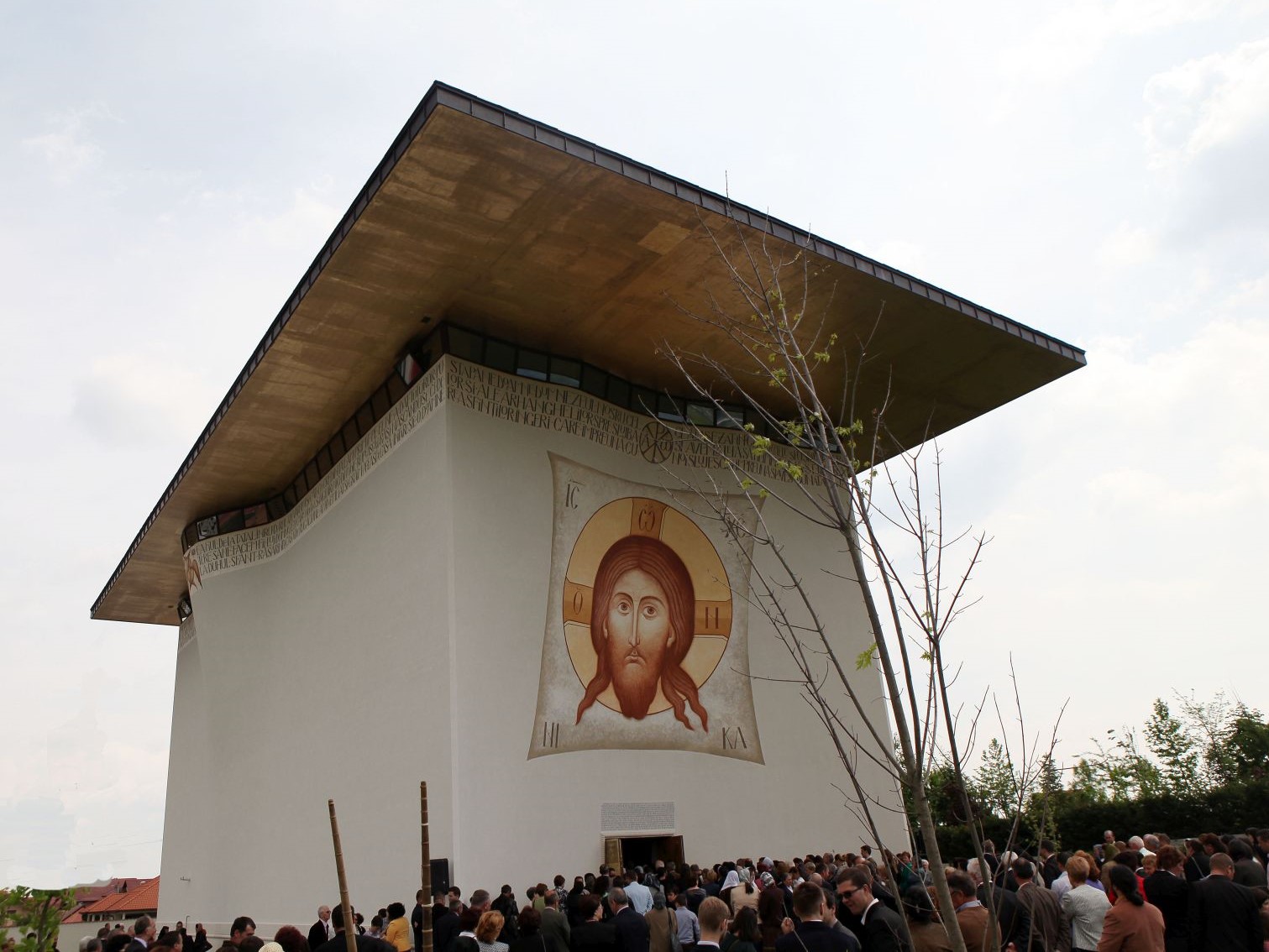Thursday, October 6th, 6:30 pm @MNAC Dalles
An international conference that brings together design, technology, STEAM education and entrepreneurship. A dialogue between Romanian and Swedish experiences and initiatives. Our guests are the ones who actively transform education from institution to a complete learning experience, where a static and cumbersome process becomes dynamic, interactive and fun.



